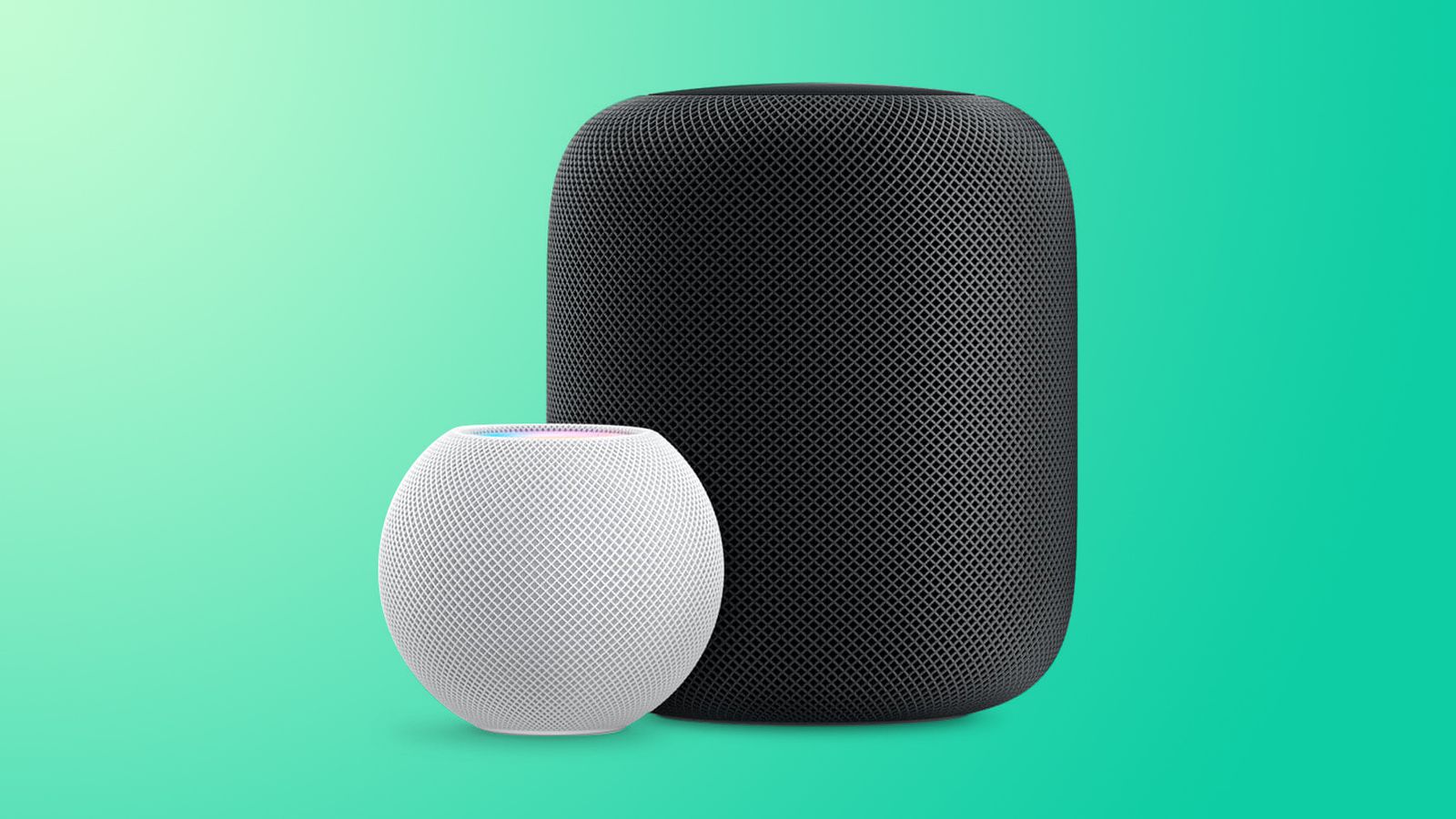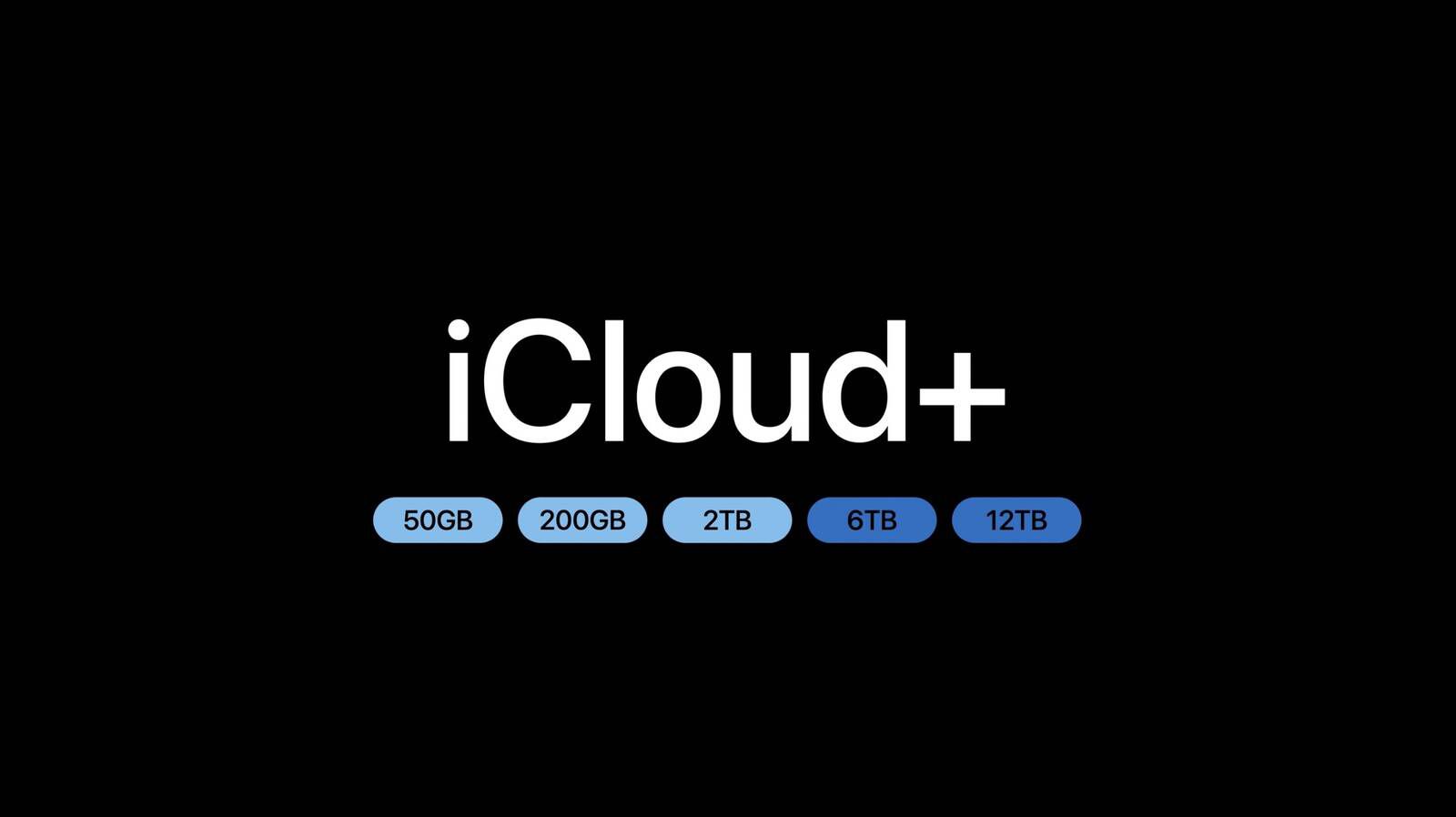Intel’s Core Ultra CPUs have more similarities to Apple than AMD.
Intel's Core Ultra CPUs have more similarities to Apple than AMD.
Intel Unveils Game-Changing Meteor Lake CPUs: Power and Efficiency for PC Enthusiasts
Image Source: Digital Trends
In a long-awaited announcement, Intel has officially introduced its latest generation client system on a chip (SoC) lineup – the 14th-gen Meteor Lake CPUs. These processors promise to deliver exceptional performance and power efficiency that could potentially rival Apple’s popular M-series processors. Intel boldly claims that this release marks the “largest client SoC architectural shift in 40 years.”
Reinforcing their commitment to innovation, Intel’s Meteor Lake series is built on the advanced Intel 4 process technology, utilizing a 7nm process and employing extreme ultraviolet (EUV) lithography to enhance power efficiency and yield. This marks a significant change in architecture for Intel, setting the stage for a compelling battle with Apple’s M-series.
Mikal Hunsaker, senior principal engineer at Intel, commented on Meteor Lake’s scalable SoC architecture and said, “Our 12th-generation Intel Core processors, code-named Alder Lake, introduced Intel’s hybrid computing architecture, which increased core efficiency and delivered intelligent workload optimization by integrating two core microarchitectures into a single die.”
One of the standout features of Meteor Lake is Intel’s innovative Foveros 3D packaging technology, which enables a four-tile architecture design. Let’s take a closer look at each of these tiles:
-
Compute Tile: This tile incorporates the latest-generation E-cores and P-cores, both of which bring significant microarchitecture improvements. Manufactured using the Intel 4 process node, these cores offer exceptional power-efficient performance.
-
SOC Tile: This tile integrates a Neural Processing Unit (NPU), infusing power-efficient AI capabilities into PCs that are compatible with standardized program interfaces such as OpenVino. Additionally, Intel has introduced new low-power island E-cores directly attached to the SoC fabric on this tile. This design is optimized for a range of low-power workloads, further enhancing power efficiency. The SoC also integrates Wi-Fi and Bluetooth, including Wi-Fi 6E, and boasts impressive media capabilities, supporting 8K HDR and AV1 codecs while adhering to HDMI 2.1 and Display Port 2.1 standards.
-
GPU Tile: The GPU tile contains Intel’s highly anticipated Arc Graphics architecture, delivering discrete-level performance within an integrated form factor. With substantial improvements in graphics capabilities and enhanced power efficiency, Meteor Lake surpasses the previous generation by providing up to 2x graphics performance.
-
IO Tile: The IO tile integrates essential connectivity features, including Thunderbolt 4 and PCIe Gen 5.0 support, ensuring top-notch connectivity for Meteor Lake-powered devices.
Image Source: Digital Trends
To further enhance its capabilities, Intel has incorporated an NPU into Meteor Lake, marking the first time they have introduced this technology into client silicon. The NPU is designed to provide low-power, high-quality AI experiences, making it suitable for workloads transitioning from the CPU that require improved efficiency and quality. Additionally, it caters to workloads that traditionally rely on cloud computing due to the lack of efficient client-side compute resources.
Image Source: Digital Trends
Intel’s Meteor Lake CPU will also feature a new GPU based on the Intel Arc architecture. This unique design combines the contemporary feature set of the Xe-HPG microarchitecture with the power-efficient design of the Xe-LP microarchitecture to create the Xe-LPG microarchitecture employed in the Meteor Lake GPU. The improved GPU promises up to twice the graphics performance and performance per watt compared to its predecessor. Notably, it includes cutting-edge features such as DX12 Ultimate with hardware-accelerated ray tracing, variable rate shading, and sampler feedback.
The excitement is building as the first products powered by Intel’s Meteor Lake processors are expected to hit the market on December 14. While Intel is yet to unveil its full lineup, including various SKUs, enthusiasts eagerly anticipate the next big announcement from Intel in the coming weeks.
With the release of their 14th-gen Meteor Lake CPUs, Intel is poised to shake up the PC industry and compete head-on with Apple’s M-series processors. These new processors offer game-changing performance and power efficiency, with architectural shifts that place Intel at the forefront of innovation. As the release date approaches, PC enthusiasts worldwide are eagerly counting down the days until they can experience the remarkable capabilities of Meteor Lake-powered devices.






